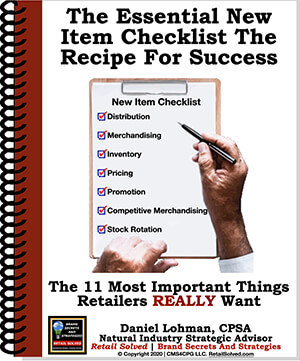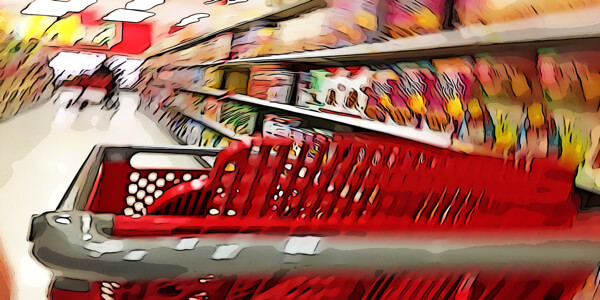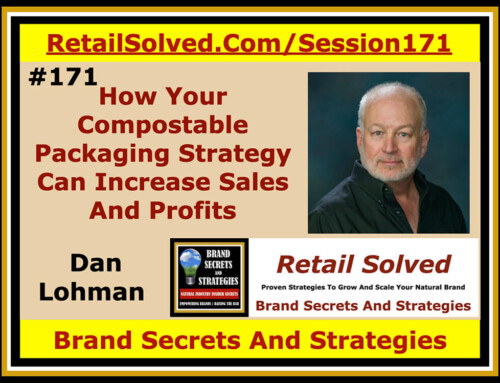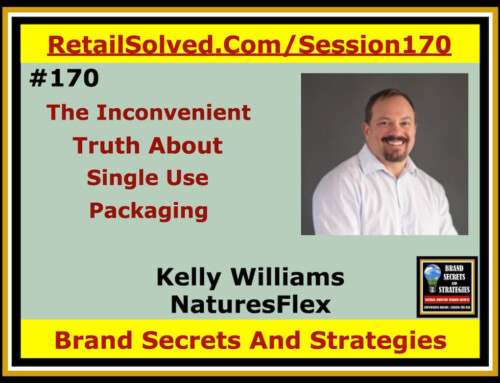Every brand and retailer want to maximize their ROI (return on investment). Who doesn't!
The goal of True Category Management is to leverage the strengths of your brand to drive sustainable sales and shopper satisfaction on retailer shelves. This includes the way brands merchandise and promote their products. It can help take the guesswork out of evaluating sales strategies.
The harsh reality is that most companies lose money during promotions while too few effectively measure their day-to-day success or failures. Can you imagine any professional athlete showing up unprepared to compete? Sadly, too few brands do this on a routine basis.
Most promotions are a huge waste of money when you focus on the long-term impact to the brand. Most all promotions increase brand sales during the event but that is usually short lived. Effective promotions drive sustainable sales well after the event is over. The single biggest component of the success of an event is shopper satisfaction. This also needs to be measured.
Use these category management tips to increase your ROI:
To be effective, all promotions need to be measured. This is where your understanding of data is put to the test. It’s not enough to look at a canned ranking report. To be effective you need to understand the lift associated with each promotion. Lift (the incremental sales generated by a promotion) varies depending on the promoted price point, merchandising, and advertising.
1. Measuring category management success can be complicated by understanding what category management is and its place in your business. Paying a category manager to pull canned reports, keeping shelves full, and build colorful presentations will not provide a high return. Category management provides the highest return when used to drive sustainable sales, instead of reacting to day-to-day business needs.
2. Don’t forget the shopper! Nothing happens until someone buys your products. Put the shopper first in everything you do. This means knowing exactly who shops the category, why they shop the category, how they use your products compared to your competitor's products, etc. Consider the shopper's wants and needs before your plan or analyze any promotion.
3. Know your lifts from prior events. Most brands are unprepared to answer this question. Every retailer should demand to know what the expected lift is before they agree to any promotion. This would help eliminate out-of-stocks that lead to shopper complaints. This would allow the retailer to collaboratively develop and manage category growth strategies with partner brands.
4. Know your competitor’s lift when they promote their products. Most brands ignore their competition and simply repeat the promotions they did in the past hoping for a greater outcome. Every brand should be an expert in every aspect of their completion – especially in their ability to drive sales on retailer shelves. This enables brands to be creative and more effectively drive category sales, a win-win for the retailer as well. Review your pricing and promotion strategies to help you achieve your goals. Remember, shoppers have a seemingly endless choice of retailers and brands to choose from. A successful promotional strategy will differentiate you in the category and in the market.
5. Know your numbers. Know which reports to look at and know the impact from every promotion, event, etc. Canned topline reports are a great starting point but they are not nearly enough. Data is worthless if you don’t get actionable insights from it. Actionable insights are those insights which directly impact the effectiveness of your selling strategy.
6. Know your measures and what they are telling you. This is where category management can get complicated. Some solution providers provide over 300 different measures in their databases. There are two primary factors that are measured when an item scans through a retailer's register, value and price (what item sold and at what price). It’s that simple. The other measures only have value IF they help you answer a specific question. Knowing which measure to use and when to use them is what sets you apart from other brands.
7. Pay attention to the shopping basket! The shopping basket includes every item a shopper purchases in a single shopping trip. Sometimes a brand's sales may be low while their shoppers may have the largest market basket. In this scenario, that brand is more valuable to the retailer than other brands. Focus on the relationship between the items in a shopping basket with the goal of becoming the destination for all of your shopper's needs. You can achieve this through a strategic merchandising program that maximizes distribution of both top-selling items and niche items.
A successful category management strategy is the key to every brand and retailer’s success.

Want A Competitive Edge? The Recipe For Success
New product innovation is the lifeblood of every brand. New products fuel sustainable growth, attract new shoppers and increase brand awareness. Know the critical steps to get your product on more retailer’s shelves and into the hands of more shoppers.
Empowering Brands | Raising The Bar
Ever wish you just had a roadmap? Well, now you do!
Don’t miss out on all of these FREE RESOURCES (strategic downloadable guides, podcast episodes, list of questions you need to be asking, and know the answers to, the weekly newsletter, articles, and tips of the week. You will also receive access to quick and easy online courses that teach you how to get your brand on the shelf, expand distribution, understand what retailers REALLY want, and address your most pressing challenges and questions.
All tools that you can use, AT NO CHARGE TO YOU, to save you valuable time and money and grow your sales today!
Image is the property of CMS4CPG LLC, distribution or reproduction is expressively prohibited.






